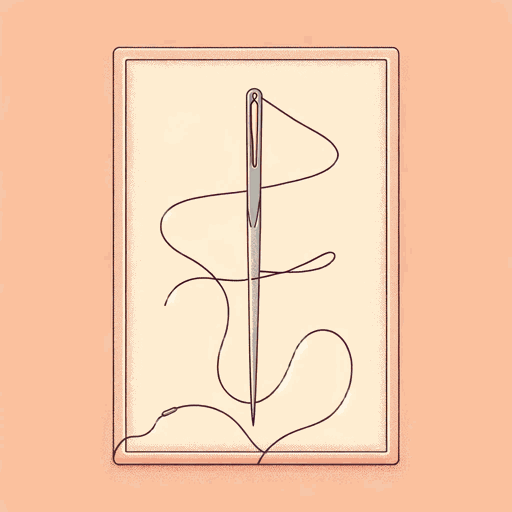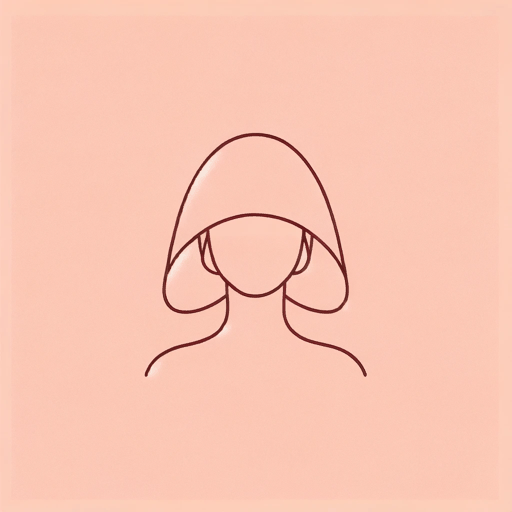15 pages • 30 minutes read
Margaret Atwood[you fit into me]
Fiction | Poem | Adult | Published in 1971A modern alternative to SparkNotes and CliffsNotes, SuperSummary offers high-quality Study Guides with detailed chapter summaries and analysis of major themes, characters, and more.
Literary Devices
Form and Meter
Margaret Atwood’s poem, “[you fit into me],” is a concise free-verse poem of four lines, meaning there are no consistent patterns of rhyme, rhythm, or meter throughout the entirety of the piece. The poem is divided into two stanzas, or groupings of lines, each two lines in length. This mirroring of stanza length is the only formal element in the poem’s construction. This choice reflects both the harmony and tension that exists in the poem. Atwood uses the form to speak to and amplify the content of the poem, exposing how something that is seemingly symmetrical and harmonious can, in an instant, crumble, and stand in violent opposition. Atwood even goes so far as to fit the title of the poem inside two square brackets, adding another layer of double meaning to the piece. The title can appear to fit perfectly inside these brackets, mirroring the ideals of Stanza 1, or else, feel trapped like that of Stanza 2 (see: Poem Analysis).
Each stanza is unified by a lack of capitalization and punctuation. The absence of these common conventions adds a sense of unease to the poem; readers do not know what to expect next without common, predictable patterns such as rhyme, rhythm, meter, capitalization, and punctuation.
Related Titles
By Margaret Atwood

Alias Grace
Margaret Atwood

Backdrop Addresses Cowboy
Margaret Atwood

Cat's Eye
Margaret Atwood

Death By Landscape
Margaret Atwood

Hag-Seed: William Shakespeare's The Tempest Retold
Margaret Atwood

Happy Endings
Margaret Atwood

Helen of Troy Does Countertop Dancing
Margaret Atwood

Lady Oracle
Margaret Atwood

Life Before Man
Margaret Atwood

MaddAddam
Margaret Atwood

Oryx and Crake
Margaret Atwood

Rape Fantasies
Margaret Atwood

Siren Song
Margaret Atwood

Stone Mattress
Margaret Atwood

Surfacing
Margaret Atwood

The Blind Assassin
Margaret Atwood

The Circle Game
Margaret Atwood

The Edible Woman
Margaret Atwood

The Handmaid's Tale
Margaret Atwood

The Heart Goes Last
Margaret Atwood

